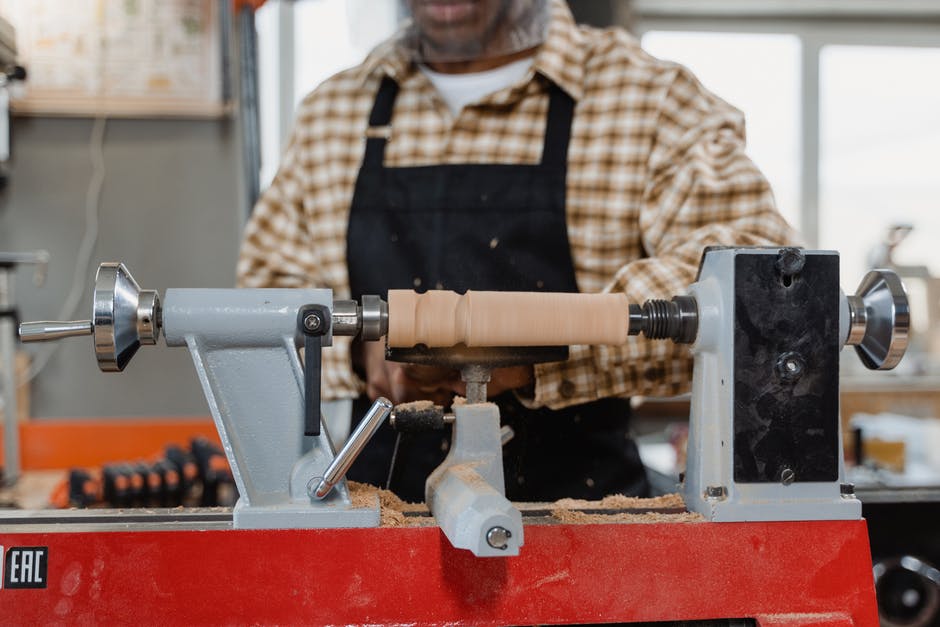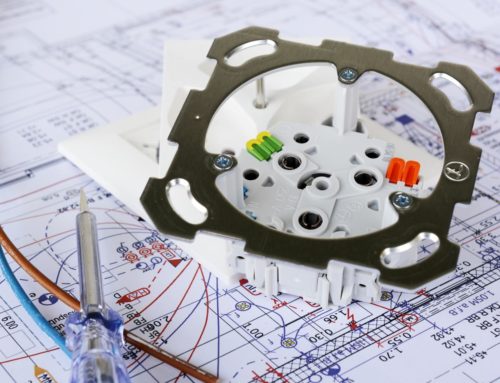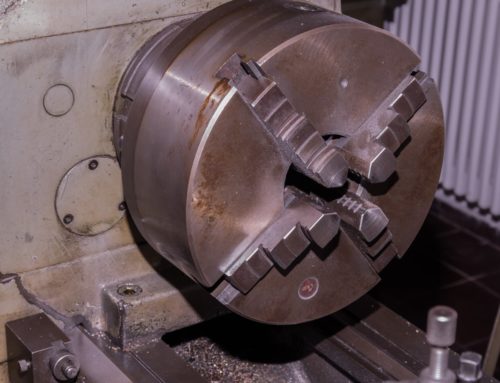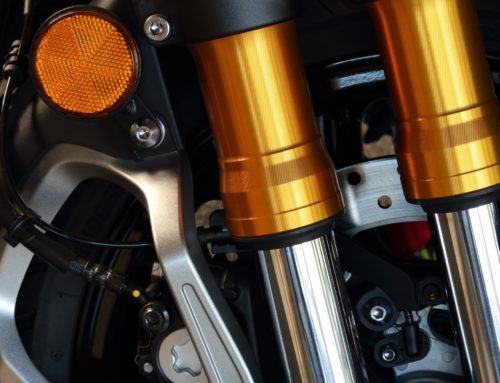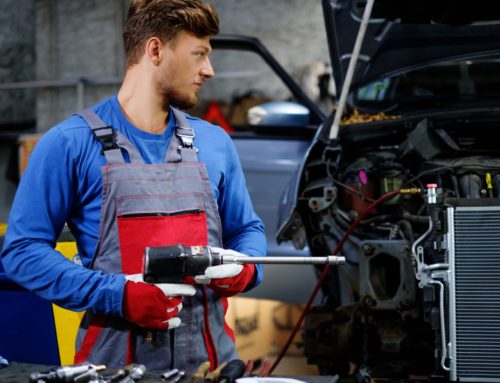In 2019, there were about 421,000 workplace injuries in the manufacturing sector. Such work can be extremely dangerous, and whenever there is an opportunity for safety to be improved, it should be.
Safety is key when working with any type of machinery. Electric motor brakes are an important investment you can make to keep yourself safe in your work. Read on for a beginner’s introduction to a couple of the different types of brakes available.
Why Use an Electric Brake?
The primary reason to use an electric brake is the speed with which it can stop your motor. In an emergency, brake speed is crucial and can prevent major mistakes and injuries.
The alternate option to electric braking is mechanical braking. To put it simply, mechanical brakes need physical interference to work and rely on friction between surfaces.
Modern technology has allowed for the creation of very powerful machines, and to stop powerful machines, you need powerful brakes. Electric brakes fill that niche.
Types of Brakes
Electric brakes come in different forms. Each one uses unique technology and behaves somewhat differently. The following are two of the types of electric motor brakes available for stopping AC motors.
DC Injection Brakes
A DC (direct current) injection brake uses a frictionless method to stop a motor. Rather, a direct electromagnetic current is sent into an AC (alternating current) motor system. This current causes the poles of the spinning AC motor to stop, based on the principle that opposite poles attract.
By not using friction, this system is safer than many other brakes and it extends the life of your machine. This system of braking is very powerful and can be applied to motors in many different types of machinery. Find more benefits of DC injection brakes here.
Dynamic Brakes
Dynamic braking works by forcing a motor to rotate more rapidly than the magnetic field around it. This action turns it into a generator.
The difference in speed is not the natural state that the motor would be in without the added force. So, the motor resists.
The motor will push against the force that’s causing it to speed up. That pushing creates the brake function.
This kind of braking can be applied to both AC motors and DC motors. However, if you need your motor to be able to reach a total stop, you need to use more than just dynamic braking.
Choosing a Brake
This article provided a very basic overview of some different brake options, but there is much more to learn! Since safety is always the most important thing, you need to do the best research you can to find the best brake for your machinery.
These braking systems are complex to understand and that is why we are here to help! Contact us to learn more about different types of brakes, why you should invest in electric motor brakes over mechanical brakes, and whether DC injection braking is right for you.

